Dosa Recipe - How to make idli dosa batter? Perfect recipe to make dosa or idli at home with just 3 ingredients.
**This post is going to be lengthy but an interesting one so I highly recommend you read all the information, tips, and tricks shared below. If you are a beginner or newly married or want to learn South Indian cooking then you will be confident by the end of this post. If you are an experienced cook I would still request you to read the entire post and also share with all of us any other important tips in case I have missed them in the comment section below.**
Being a South Indian, born as a Konkani girl from the Udupi region of Karnataka where dosa and idlis are popular breakfast items, I should have posted the basic information of preparing delicious dosa and idli a long time ago. My thinking was that because I know to prepare dosa and idli - among the first recipe that I made - and eat it almost on a daily basis for breakfast and sometimes even for lunch and dinner, everybody else in the world knows it as well 🙂 🙂
When I started documenting recipes from cuisines around the world and also several Indian recipes that I tried for the first time in my kitchen, I just documented those recipes in this blog to reflect back on these beautiful memories. It also enabled me to recreate these recipes whenever I needed them in exactly the same way. So it was basically all recipes that were new to us and dosa was not among them 🙂 Sorry about that.
Thank you guys 🙂
I never knew I would get so much love and support from people around the world and that they would make my recipes, read my stories, and spread the word about my blog. I am very thankful and grateful to all of you who are reading this and keep visiting my blog regularly.
Now that I have a very supportive and engaging audience, I have been getting numerous requests for sharing a post that contains comprehensive tips and other useful information regarding preparing dosa and idly batter.
Whatever I share in this post about dosa batter or idli batter (idly) is not just based on my knowledge or experience, I am also posting experiences and tips shared by my mom, tips passed on by my grandmother, family members, professional chefs, and friends.
Making your breakfast easy
In many households with families of 4 or for working moms this batter is prepared once a week and used multiple times. The recipe below makes about 12 to 14 dosas but can be scaled easily to make a large batch. If you are making a large batch that lasts for a week, I would suggest you first prepare idlis as they always taste best with freshly fermented batter and then prepare dosas like masala dosa, spiced dosa, spring dosa, uttapam, appe or paniyaram in the following days - YES, all with the same batter. Easy and interesting right.
Now if you ask me if I am a master in making dosa, I would say more than a master I am experienced and know what ratio works, what to do if my dosa batter doesn't ferment well, what can be done with over-fermented or leftover batter, what to do if my dosas or idlis become thick or hard and so on. Many factors like climate, quality of ingredients, water used for grinding, whether you use mixie or wet grinder, affect the outcome i.e., idlis or dosas.
Hopefully, once you complete reading this post you will know what dosa is, what idli is, how to make dosa batter, how to ferment it, how to store leftover batter, what is perfect proportion or ratio, how to make restaurant-style soft dosa, crispy dosa, soft and fluffy idli (steamed cake) and many more. In short, with all these tips you will become well informed and begin to master preparing perfect dosas and idlis every single time. Take this post as a free tutorial or guide from my end to yours and if you find it helpful share it with those who need it.
Perfect Dosa Recipe - How to make idli dosa batter with 3 simple ingredients?
What is Dosa?
Dosa, also known as Indian crepe or pancake is among the popular breakfast recipes in South India mainly prepared using 2 ingredients - rice and lentil (urad dal or split and husked black gram).
What is idli?
Idli, also known as steamed cake or savory cake is another filling and healthy Indian breakfast recipe prepared by steaming the batter prepared using rice and lentil (urad dal or split and husked black gram)
How to make dosa and idli at home?
You will have to first soak rice and lentil for few hours (usually 4 to 6 hours) and then blend them in a mixer grinder or a wet grinder to form a smooth batter. This batter is then fermented overnight for at least 6 to 8 hours depending on the weather condition and then you cook it like crepe or pancake on a tawa or griddle or cast-iron skillet.
What are the main ingredients for dosa and idli?
The main ingredient for dosa is rice. To give better texture, body, and taste urad dal is added as the second important ingredient. Fenugreek seeds or methi are added for better fermentation, flavor, and color.
Is dosa healthy? Is it good to eat dosa or idli every day?
If you ask me my answer would definitely be - yes. Idlis and dosas are the go-to popular breakfast item in South India. Idlis and dosas are the main breakfast item served in hospitals in South India, and therefore we can safely assume that idlis and dosas are approved by nutritionists and dieticians at these institutes/facilities.
Urad dal or lentil is rich in protein and calcium and eating it is one of the great ways to kick start your day. Rice is a good source of complex carbohydrates and low in fiber. The only problem that I see with rice is it is high in glycemic index (GI). So it is not a good option if you are diabetic or on a weight loss journey.
Based on dietary requirements you can alter the ratio of rice to lentil and can also add ragi flour or oats flour or horse gram (kulithu/kulitu in konkani) to increase fiber content in dosas or idlis.
How to make the perfect batter for dosa and idli at home?
To make it perfect every single time consistency of the batter and proportion of rice to urad dal, quality of ingredients is very important.
Can I use same batter for making rice and idli?
Definitely yes, you can and that is all you will learn in this post.
Traditionally idli batter has more urad dal compared to dosa. Addition of urad dal makes it more fluffy and gives that sponginess. Plus the batter is of thick consistency.
On the other hand for dosa batter more rice is generally added to give that additional crispiness. But this does not stop you from making dosas, uttapa or appe (paddu, paniyaram) using idli batter. You just have to make adjustments by adding a little water to the batter for pouring consistency as you see in the picture.
Now if you know that you are grinding the batter to make both idlis and dosa, I would say once the batter is done and fermented make idlis first, as it always tastes best with fresh batter and the batter needs to be thicker and then add little water to batter and make cripsy, plain or sada, masala dosas and appe or paniyaram, uttapam.
Which type of rice is best for idli and dosa?
I started making my own dosas for the first time in the United States and I always used raw rice for any type of dosas and idli and the result is simply amazing. No complaints from my end or from people who ate the dosas and idlis I have served all these years 🙂
Raw rice works the best. But you are free to use a combination of raw rice, idli rice, or parboiled rice too.
In India, parboiled rice is used along with rice while making dosas but I hear that not all parboiled rice gives a successful result. My family and relatives tell me sona masuri and ponni work out well.
The taste and texture will vary depending on the quality and ratio of rice you use in the recipe. You can use only raw rice or 1 cup raw rice and 1 cup parboiled rice or idly rice.
Patience and experiments are all you have to do. I was even successful while using Great Value long-grain enriched rice from Walmart. Some of my friends have also tried using Basmati rice in their dosa batter, but have mixed results.
Blender (Mixer or Mixie) or Stone Grinder? Which is best to make dosas or idli?
I have been using mixer or mixie to prepare my dosa and idli batter both in India and the United States for last 7 years and I have no complaints.
My parents and relatives who are preparing dosas for ages (my mom, in-laws, aunts) always say wet grinder gives the best result. I personally don't like it because of lifting those heavy stones, and also the extra work of cleaning after grinding the batter.
Grinder aerates your batter making your dosas and idlis more light and fluffy. But if you have high wattage (i.e. 750W or more) powerful mixie or mixer you will get similar results. Using a high power mixer does not warm the batter while blending, compared to a low power mixie which requires longer blending time.
Now if you ask me the proportion of rice to urad dal in mixer and wet-grinder I would say traditionally for 2 cups of rice, 1 cup of urad dal works really good both on mixer and wet-grinder for both rice and idli.
But here are few adjustments you can make to dosa and idli batter. If you know you are going to do cook both rice and idli with same batter then always use 1 cup dal to 2 cup rice.
But if you are cooking only dosas from batter, then ½ cup urad dal is sufficient for 2 cups rice.
Should I soak and grind - rice and dal - together or separately?
This is among the most frequently asked query. When I first started making my dosa batter, I remember asking this question to my mother. I have tried soaking it together as well as separately. If you are making only dosas, then it does not matter whether you soak and grind - rice and dal - separately.
But since rice and dal are different in texture and need different times to grind, it is always good to soak and grind them separately for exceptional results. I generally grind dal to smooth texture and rice to slightly coarse texture which works amazingly for idlis.
Also, dal will be more fluffy and will be more in volume if you blend it without the addition of rice thus you can extend your batter for another additional day for breakfast 🙂 Plus adding everything to the mixer will overload it.
How much water to add while grinding dosa and idli batter?
The amount of water you add to grind rice and dal may vary depending on the quality of ingredients, the amount of time it is soaked, and the mixer or grinder that you are going to use.
The more time you soak the less water you will need to grind.
The batter should be of good flowing consistency like the one you see in the picture. It should not be runny or too thick.
For 1 cup of soaked urad dal, you may need anywhere between 1 ½ to 2 cups of water.
For 1 cup of soaked rice, you may need ½ cup of water.
If your batter becomes very thick, you can adjust it by adding water.
If you add more water while grinding and it becomes runny and if you are a beginner, you may not be able to make idlis but the good news is that by adding sooji or semolina or rice flour and mixing it into the batter you can prepare crispy dosas.
When to add salt to dosa and idli batter? Before or after fermentation?
When to add salt depends on climatic conditions. In cold places, the batter may take a longer time to ferment. In this case, to prevent the growth of harmful bacteria that lead to a smelly batter, it is recommended that you add at least half the quantity of salt before fermentation.
If you are in a hot place, fermentation is faster. So add salt just before you are ready to prepare idlis or dosas.
How to ferment dosa batter and how long does it take for dosa batter to ferment?
By the time you are ready to cook dosas or idlis, the batter should be frothy on top, airy with bubbles, and should have increased in volume.
Like baking, even dosa batter needs a warm place to ferment. If you are living in a warm place you can leave the batter on the kitchen counter and it will ferment in 6 to 8 hours.
If you live in a cold place, your dosa or idli batter may take 10 to 12 hours to ferment. You can preheat the oven for 10 mins and switch it off. Then, place the batter in the oven and turn on the oven light and close the door to prevent any cold wind drafts.
If you are in a cold place and you still have trouble fermenting dosa or idli batter, I would say wash your hands in running water and mix the batter using clean hands for 2 to 3 minutes. Beneficial micro living organisms in our hands will help in fermentation.
For those who have an instant pot, you can ferment the batter using the yogurt mode. Increase time to 8 or 10 hours and make sure you cover it with a glass lid and not with the instant pot lid as this may lock if the batter ferments and overflows.
What if my idli or dosa batter did not ferment well?
The idli or dosa batter should be frothy on top, airy with bubbles, and should have increased in volume. If for some reason your batter did not ferment well don't make idlis as you will not get soft fluffy idlis when cooked in steam. But the good news is that you can still prepare a variety of dosas, appe or paniyaram, uttapa or uttapam using the same batter.
How to steam idlis?
The idli batter will be thick after fermentation. To make idlis a thick batter is preferred. Grease the idli mould with ghee or oil. We generally use coconut oil for greasing as it is popularly used in Udupi and Mangalore region.
Pour 2 to 4 tablespoon of batter on each mold depending on the size of the mould size. Add water to the steamer or pressure cooker depending on the size of your idli stand, usually, 1 to 2 inches of water would suffice. Place the idli stand, cover with a lid, and steam for 12 minutes. If you are using a pressure cooker do not put the weight or whistle.
If cooking idlis in Instant Pot, add 1 ½ cups of water to Instant Pot and boil on sauté mode. Place idly stand and cook it on the steam mode in venting position and cook for 12 minutes.
How to cook dosas perfectly?
After fermentation, the batter is going to be thick. Depending on the consistency of the batter you may add little water - only if required. But make sure not to add too much as a runny batter will give softer dosas. On the other hand, thicker batter with spreadable consistency will give crispier dosa.
Heat a cast-iron or non-stick pan on medium flame. To check if it has heated through, sprinkle water and see if it sizzles. Don't sprinkle water into a nonstick pan as this may affect the nonstick coating. Once it is hot, continue to keep the flame to medium.
Lightly grease the cast iron or non-stick pan with oil. Make sure there is no oil left and it is absorbed completely. Use a clean kitchen towel to remove any excess oil from the pan. Else you cannot spread the batter smoothly.
For crispy dosa:
Pour ladle full of batter at the center of the pan and spread it using the back of the ladle in a circular motion till you reach the edges. If you are not able to spread easily, it means your batter is too thick. You may add little extra water to the batter and mix.
Add 1 teaspoon of oil or ghee around the edges. In a minute or so, the edges will start to slightly come off or lift off the pan, and the bottom will start turning golden brown in color. This should take about 2 to 3 minutes. At this point, you can remove the dosa from the pan with the help of a spatula, or flip and cook for another 1 or 2 minutes if you like.
Generally flipping the dosa to cook on the other side results in a slightly less crispy dosa. This is why you will notice that masala dosas and ghee roast dosas are only cooked on one side in restaurants.
Before spreading the next dosa, you may lightly grease the pan with oil or ghee, as directed before.
For soft, thick dosa or sada dosa: Pour a ladle full of batter at the center, do not spread, i.e., cook the dosa like a pancake. Add oil to the edges. When you see bubbles on top and the bottom becomes golden brown, flip and cook the dosa for one or two minutes on another side.
What kind of pan to use while cooking dosas?
Traditionally cast iron tava is used for cooking dosas at South Indian homes and restaurants which will make your dosa golden brown and crisper. But to make your task easier and to reduce the amount of oil and any mess with your batter, you can cook them on non stick pan.
How to store idli or dosa batter?
Once the batter has fermented, you can keep it in the refrigerator and use it as and when required. The batter will remain fresh for 5 to 7 days.
Undisturbed batter after fermentation remains good for a long time. So once you are done grinding and mixing you can distribute the batter in 2 or 3 bowls and ferment separately and then transfer these bowls to the refrigerator.
Now for those who want to use the batter for more than a week, say 3 to three weeks, simply refrigerate the batter after grinding. Ferment only the quantity of batter at room temperature as and when needed.
Why does my dosa batter gets stuck to spoon or ladle while spreading the batter?
There may be a couple of reasons your batter gets stuck to ladle.
Airy or over-fermented batter or new rice: If the consistency is not right or if your batter has over-fermented you may face this problem. Sometimes if you try using a new brand of rice you may encounter such problems. The batter may have been too airy. In this case nicely stir the batter again, remove the bubbles and try spreading dosas.
Oily pan: If you are using a nonstick or cast iron pan, make sure the pan is hot enough. If you have greased your pan, make sure there is no oil left and it has been absorbed completely. Excess oil will make the batter clump together. So wipe off excess oil using a clean paper towel or kitchen towel. Else you cannot spread the batter smoothly.
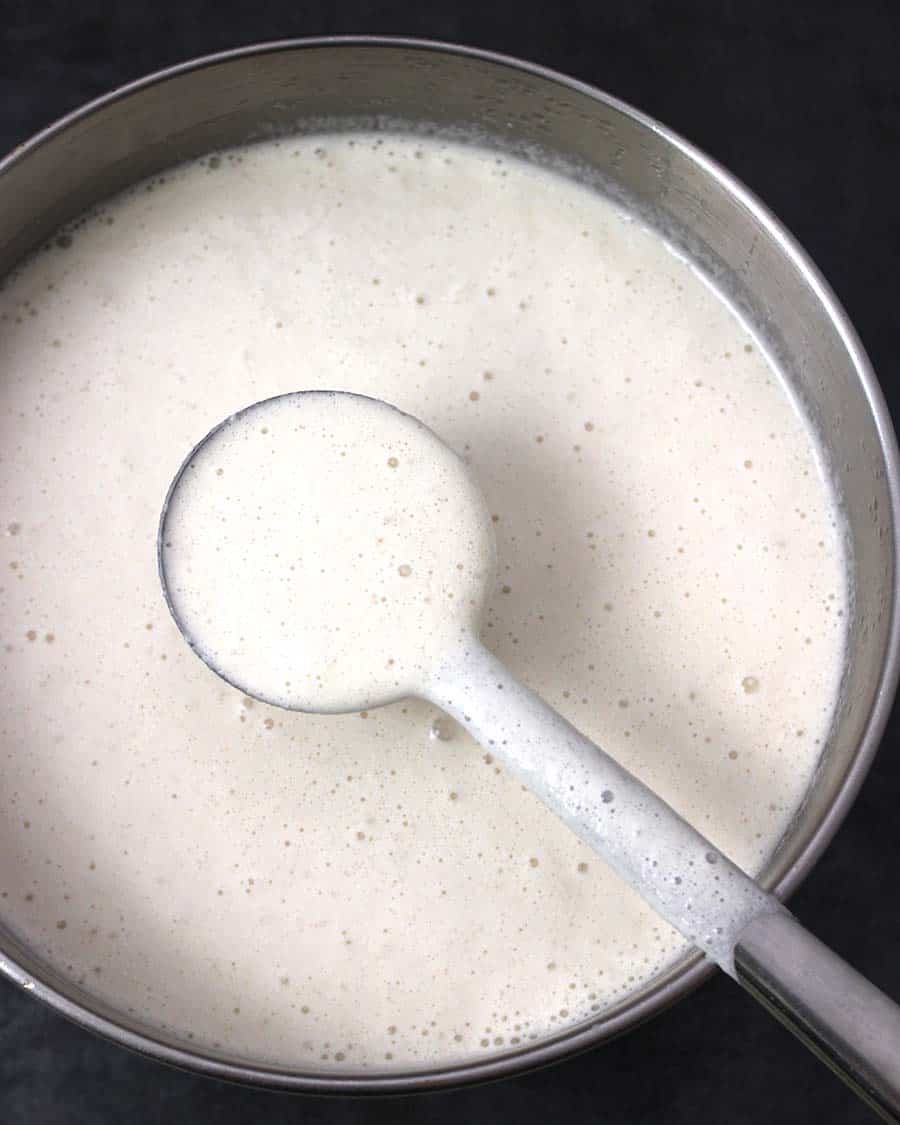
What recipes can I prepare with this idli dosa batter?
- Crispy Plain Dosa
- Sada Dosa (Soft and thick dosas)
- Idlis or Idlys
- Ginger and green chili-spiced dosa: Add 1 or 2 finely chopped green chilies, 1-inch grated ginger, and finely chopped curry leaves to the batter and cook thin or thick dosas.
- Asafoetida or hing Dosa: Add a pinch of hing along with ginger and green chili mentioned above to the batter.
- Masala Dosa: You will have to cook thin crispy dosa and serve with potato masala or bhaji and coconut chutney.
- Mysore Masala Dosa: Like masala dosa, cook thin crispy dosa and fill it with potato masala and red chutney.
- Onion Uttapam: You need to prepare a mixture of one or two large onions that are finely chopped, one finely chopped green chilie, and coriander leaves. Spread thick dosa in a pan and then sprinkle onion mixture on top of it. Once the bottom of the dosa turns golden in color, flip and cook till onions become translucent then turn the flame to high and char the onions if required.
- Vegetable Uttapam: Similar to onion uttapam, here you can use a combination of veggies like grated carrot, beetroot, and chopped capsicum.
- Paniyaram or appe ( Paddu / Guliyappa/ Yeriyappa / Gundponglu): the above batter is used to cook appe or paniyaram in appe pan.
- Tempered paniyaram or Appe: In each round mould of appe pan add a pinch of mustard seeds, oil, and curry leaves. When they splutter, drop a tablespoon of batter. Cover with lid. Once it's cooked at the bottom and becomes golden, flip and cook on another side.
- Spiced appe or paniyaram: Use green chilies and ginger-spiced batter along with hing to prepare delicious appe.
- Vegetable Paniyram or Appe: Mix grated veggies like carrot along with finely chopped onions and green chilies, coriander leaves to the batter and cook paniyaram.
- Spring Dosa
To enhance the taste, always cook your dosas with a good amount of oil or ghee or butter.
Side dish or Accompaniments for idli and dosa. What to serve with idli and dosa?
Dosa and idli can be served with chutneys, sambar and curry or gravy.
- Green coconut chutney
- Hing Chutney
- Garlic Chutney
- Coriander almond chutney
- Tomato Chutney
- Vegetable Kurma
- Spicy tomato curry
- Batate song or Spicy potato curry
- Aloo rasedar
- Vegetable stew
- Batate vagu
Dosa Recipe - How to make idli dosa batter? Perfect recipe to make dosa or idli at home with just 3 ingredients.
Recipe card
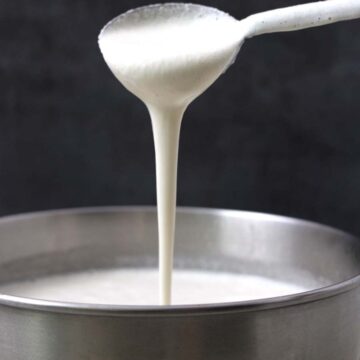
DOSA RECIPE | HOW TO MAKE PERFECT IDLI DOSA BATTER
Ingredients
- 2 cups Raw Rice
- 1 cup Urad Dal (Split and husked Black gram)- check tips
- 1 teaspoon Fenugreek seeds or Methi
- Salt, to taste (approx ½ to 1 teaspoon or adjust accordingly)
- Water
Instructions
Step I (Soaking dal and rice)
- In a large bowl, add urad dal, fenugreek seeds, and wash it nicely with water couple of times to remove any impurities. Drain the water.
- Now add enough fresh water and allow it to soak for 4 to 6 hours.
- In another bowl, wash the raw rice couple of times. Drain the water. Then, add enough fresh water and allow it to soak for 4 to 6 hours.
Step II (Blending or grinding the dosa batter)
- Drain the water from dal and methi mixture. In blender or grinder, add soaked dal and methi, water (approximately ¾ to 1 ½ cup, read next step) and grind till its smooth.
- Do not add all water at once. Start with ¾ cup and add in increments of 2 tbsp. This is going to be very thick and not runny.
- Transfer the ground dal-methi mixture to a large vessel or container.
- Drain water from the rice. Add the rice along with approximately ¾ to 1 cup water to blender or grinder. Grind it to smooth or little coarse consistency. Like dal, do not add all water at once. The ground rice should be thick and of pouring consistency.
- Add this to urad dal batter along with some salt and mix. To help better fermentation, you can mix it using clean hands for 2 to 3 minutes.
- Important tip here : Ensure your batter does not warm while grinding both urad dal or rice. If your mixer gets heated up, turnoff and use ice cold water for grinding. This will prevent idlis and dosas from becoming hard.
Step III (Fermenting dosa batter)
- Cover the vessel or container with a lid and let it ferment in a warm place. Depending on where you stay and weather condition, fermentation will anywhere take between 6 to 12 hours.
- If the local weather is hot or warm, you can keep the batter on the kitchen counter top overnight. The batter should ferment in 6 to 8 hours.
- If living in a cold place, your dosa or idli batter may take 10 to 12 hours to ferment. You can preheat the oven for 10 mins, switch it off, and then place the batter in the oven and turn on the oven light and close the door.
- For those who have an Instant Pot, you can ferment the batter using the yogurt mode. Increase the time to 8 to 10 hours and make sure you cover it with a glass lid and not with the Instant Pot lid as this may lock if the batter ferments and overflows.
Check if batter is fermented properly
- Well fermented batter will first increase in volume, will be frothy and bubbly on top.
- Fermented batter will be generally thick. Idlis with fresh thick batter tastes really amazing. If you are making dosas, you may have to add little water to make it a little thinner and adjust salt to taste.
- Undisturbed batter once fermented can be stored for more than a week. So if you are planning to use it throughout the week then split the batter at the end of step II into 2 or 3 different vessels as required and once fermented place it in refrigerator. Alternatively, simply place the batter in refrigerator once fermented and use as and when required.
How to make soft and fluffy idlis from the batter
- Grease the idli moulds with ghee or oil. We generally use coconut oil in Udupi and Mangalore region.
- Pour 2 to 4 tablespoon of batter in each mould depending on the size. Add water to the idli steamer or pressure cooker depending on the size of your idli stand or leaving half inch gap from the bottom of lowest idli mould. Bring the water to a boil on medium-high heat. Place the idli stand, cover with a lid and steam for 12 minutes.
- If cooking idlis in an Instant Pot, add 1 ½ cups of water to the Instant Pot and boil on saute mode. Once the water begins to boil, place the idly stand and cook it on steam mode in venting position for 12 minutes.
How to make crispy dosa, plain dosa, masala dosa
- After fermentation, the batter is going to be thick. Depending on the consistency of the fermented batter you may add little water only if required. But make sure not to add too much water, as runny batter will give softer dosas. On the other hand, thicker batter with spreadable consistency will give crispier dosa.
- Grease a cast iron or nonstick pan with oil. Make sure there is no excess oil left and it is absorbed completely. Else you cannot spread the batter smoothly. Use a clean kitchen towel to remove excess oil from the pan.
- Heat the pan on medium flame. To check if the pan is hot enough to cook dosas, sprinkle some water and see if it immediately sizzles. Don’t sprinkle water to nonstick pan as this may affect the nonstick coating. Once the pan is hot, continue to keep the flame on medium.
- For cripsy dosa : Pour a ladle full of batter at the center and spread it in circular motion till you reach the edges. If you are not able to spread easily, it means your batter is too thick. You may add little extra water to the batter and mix.
- Add 1 teaspoon of oil or ghee around the edges. In 2 to 3 minutes, the edges will start to come off and the bottom of the dosa will start turning golden brown in color. At this point you can remove the dosa from the pan, or flip and cook for another 1 minute if you like. Flipping crispy dosas is totally optional.
- Before spreading next dosa, you may grease the pan with oil or ghee, and remove excess oil using a clean kitchen towel.
How to cook soft thick dosa
- Pour a ladle full of batter at the center and do not spread. Add oil to the edges. When you see bubbles on the top surface and bottom becomes golden brown, flip and cook on other side for another two minutes.
- I hope this tips and information on dosa and idli was helpful. Do comment below if you tried it or you have any other additional tips that I have missed. Thank you.
Notes
- If you know you are going to do cook both rice and idli with same batter then always use 1 cup dal to 2 cup rice. But if you are cooking only dosas from batter, then ½ cup urad dal is sufficient for 2 cups rice.
- Now if you know that you are grinding the batter to make both idlis and dosa, I would say once the batter is done and fermented make idlis first, as it always tastes best with fresh thick batter and then add little water to batter and make cripsy, plain or sada, masala dosas and appe or paniyaram and last with uttapam as the onion, green chile and cilantro makes it more flavorful.
- While making dosa batter you can add additional 2 to 3 tablespoon of chana dal (bengal gram) along with urad dal to make it even more crispier and to give it a nice golden color.
- Some even add additional 2 tablespoon of thick poha (flattened rice ) while grinding the batter for both idli and dosas. This will make it light.
- If you are unable to spread the batter because it got stuck to pan or laddle, there may be couple of reasons pan may be hot, batter may be over fermented, there may be traces of oil in the pan or batter was too thick. In this case reduce the flame to low, rub pan with paper towel to remove any traces of oil and try or thin down the batter with water and try again.
- Amount of water required for grinding will vary based on quality of products, soaking time, and the type of mixer or grinder used. So always it is better to start by adding lesser amount of water and increase it in increment of 1 to 2 tablespoon if required.
- To enhance the taste, always cook your dosas with a good amount of oil or ghee or butter
- If you are a beginner or want to learn about making perfect dosas and idli batter, I highly recommend you read the entire post carefully.
If you like this dosa recipe then you may also try some of the best, unique South Indian breakfast recipes
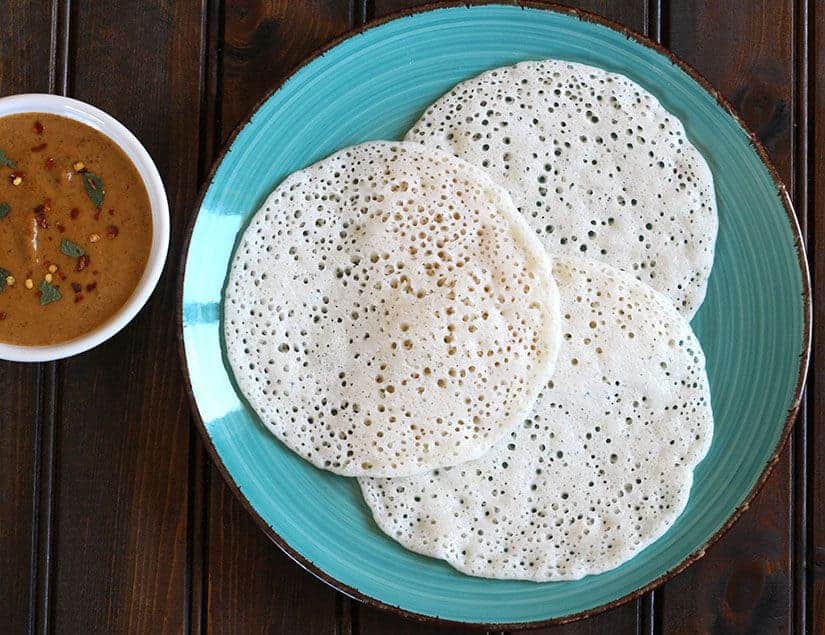
|
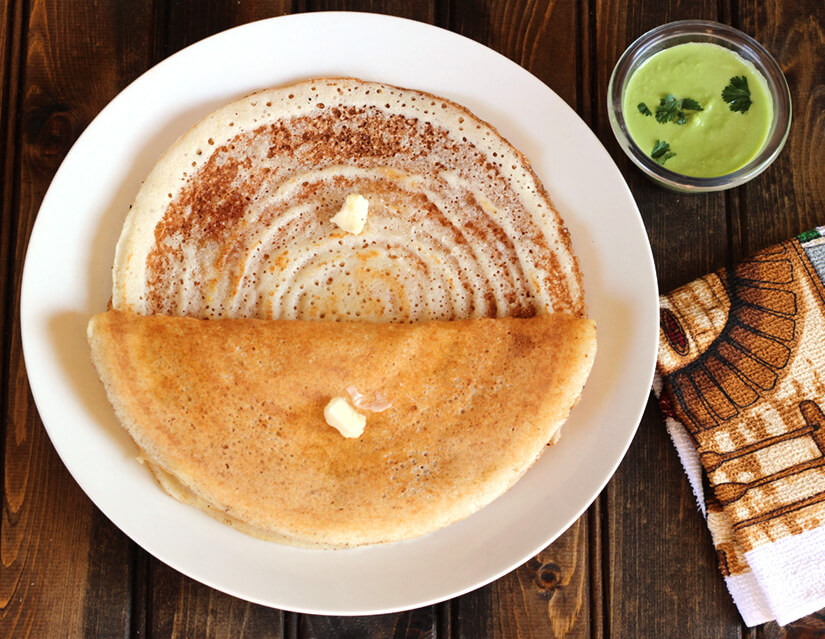
|
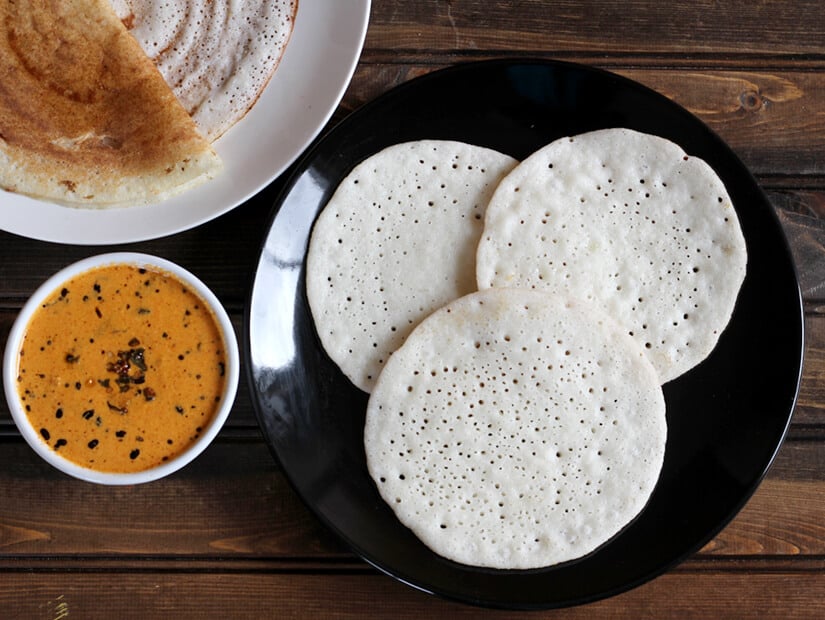
|
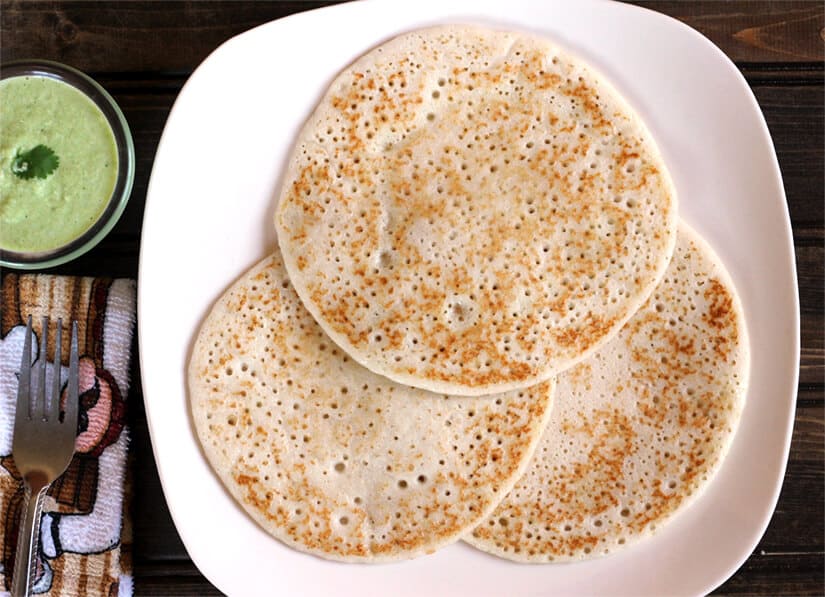
|
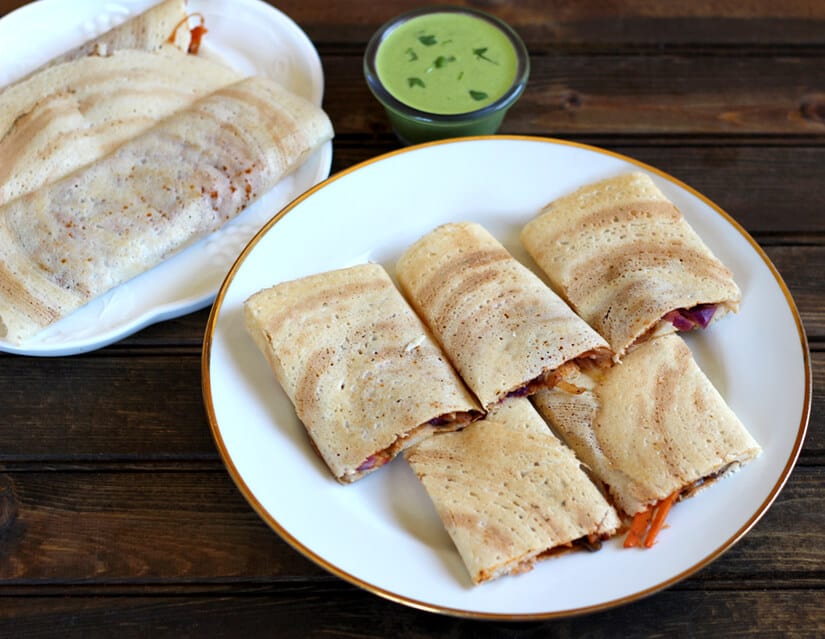
|
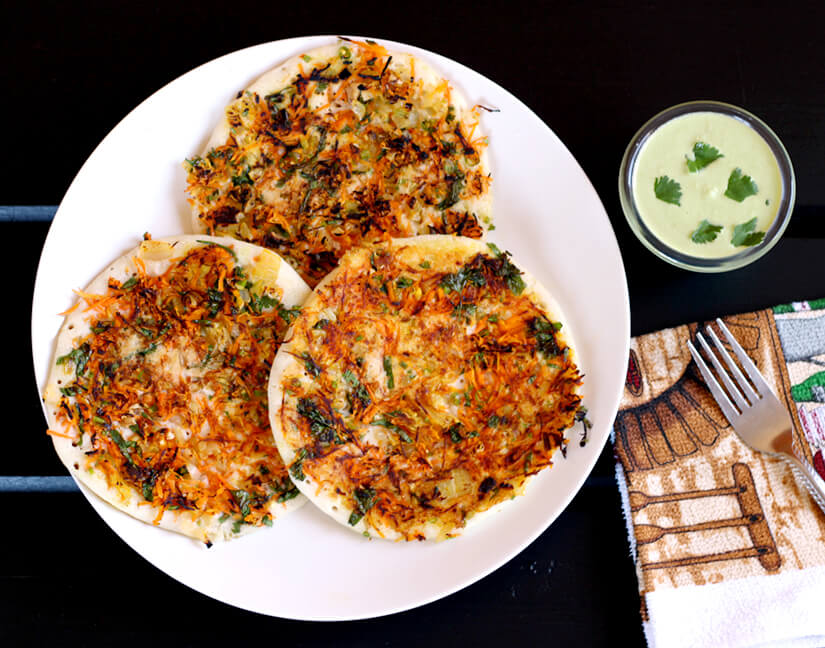
|
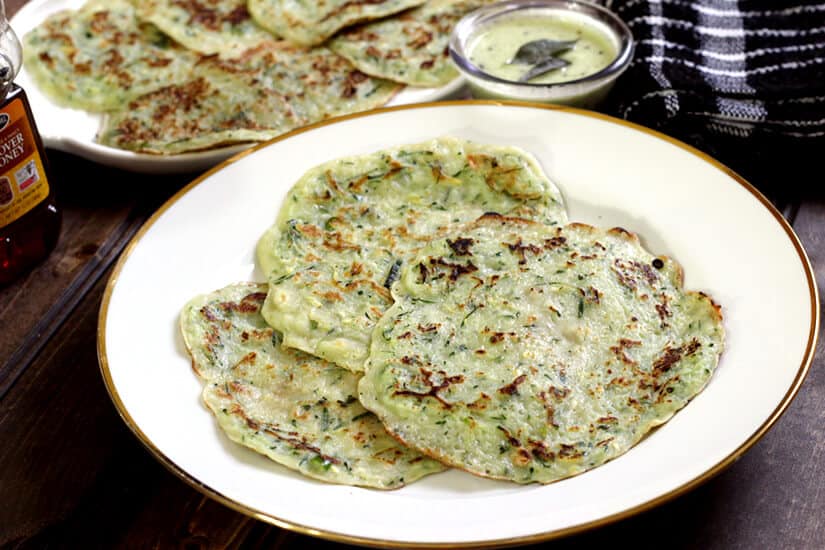
|
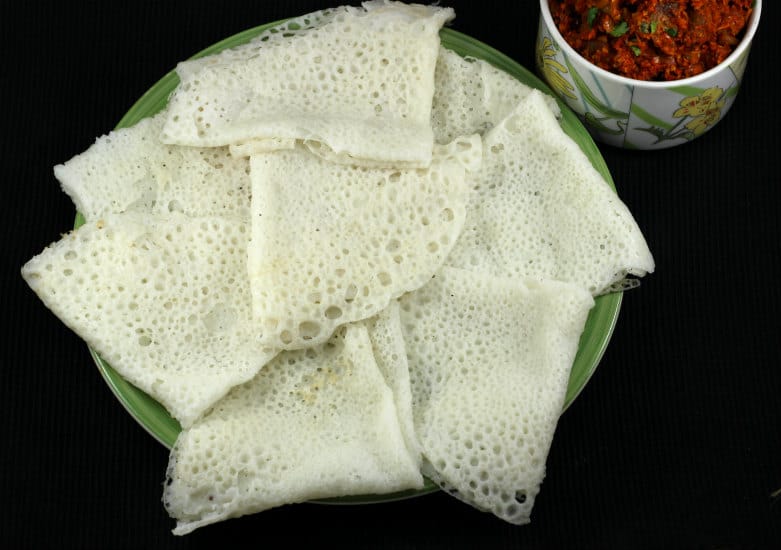
|
***Click below to save it on Pinterest***

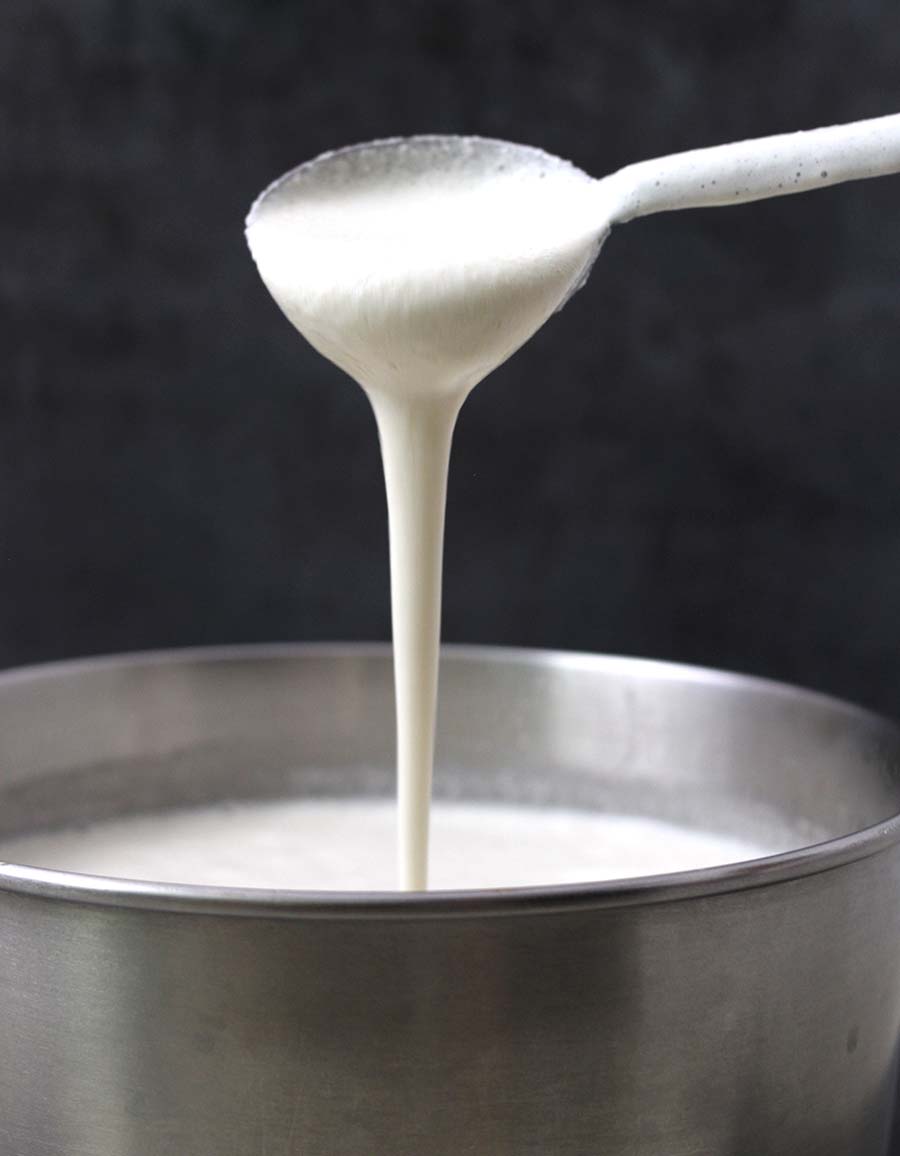
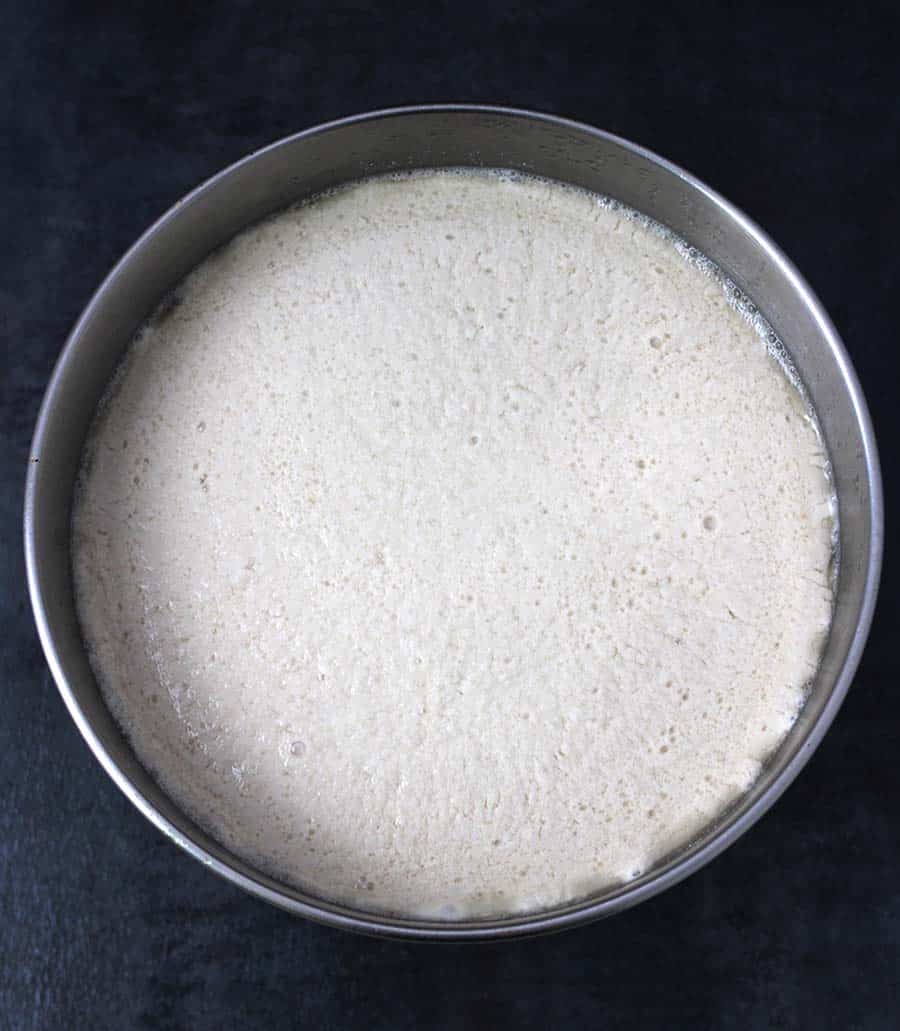
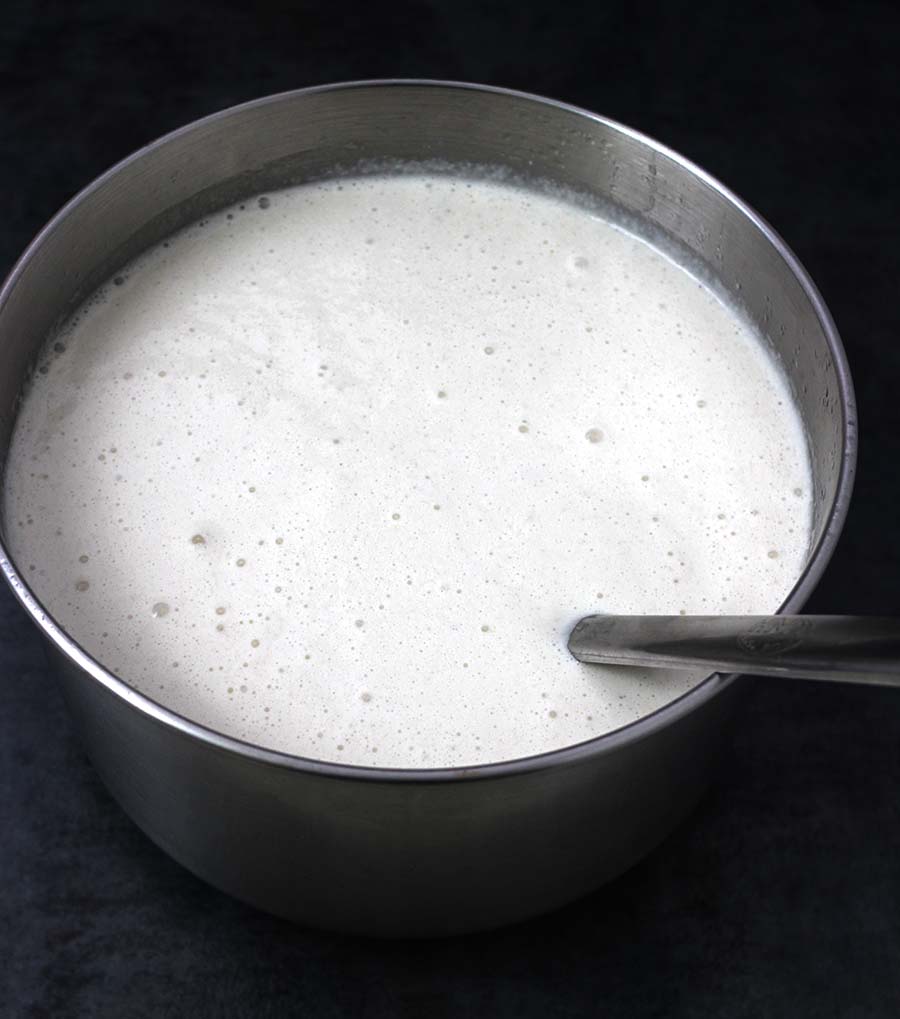
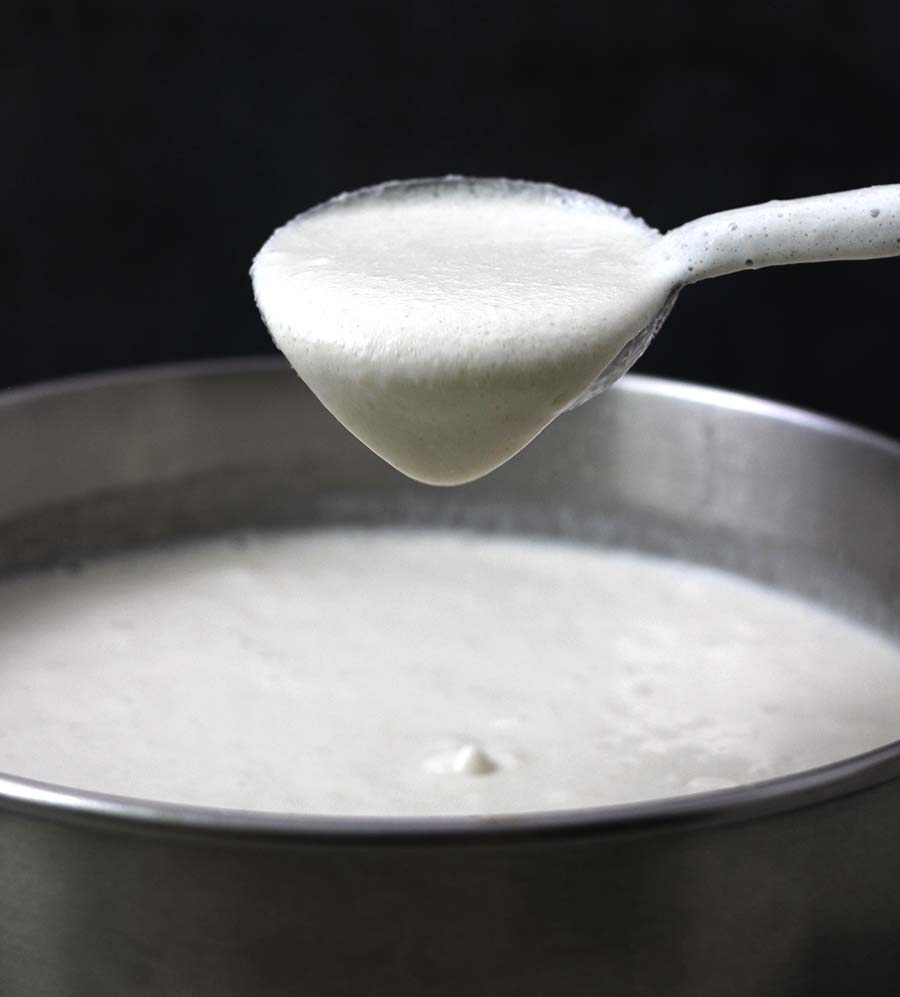
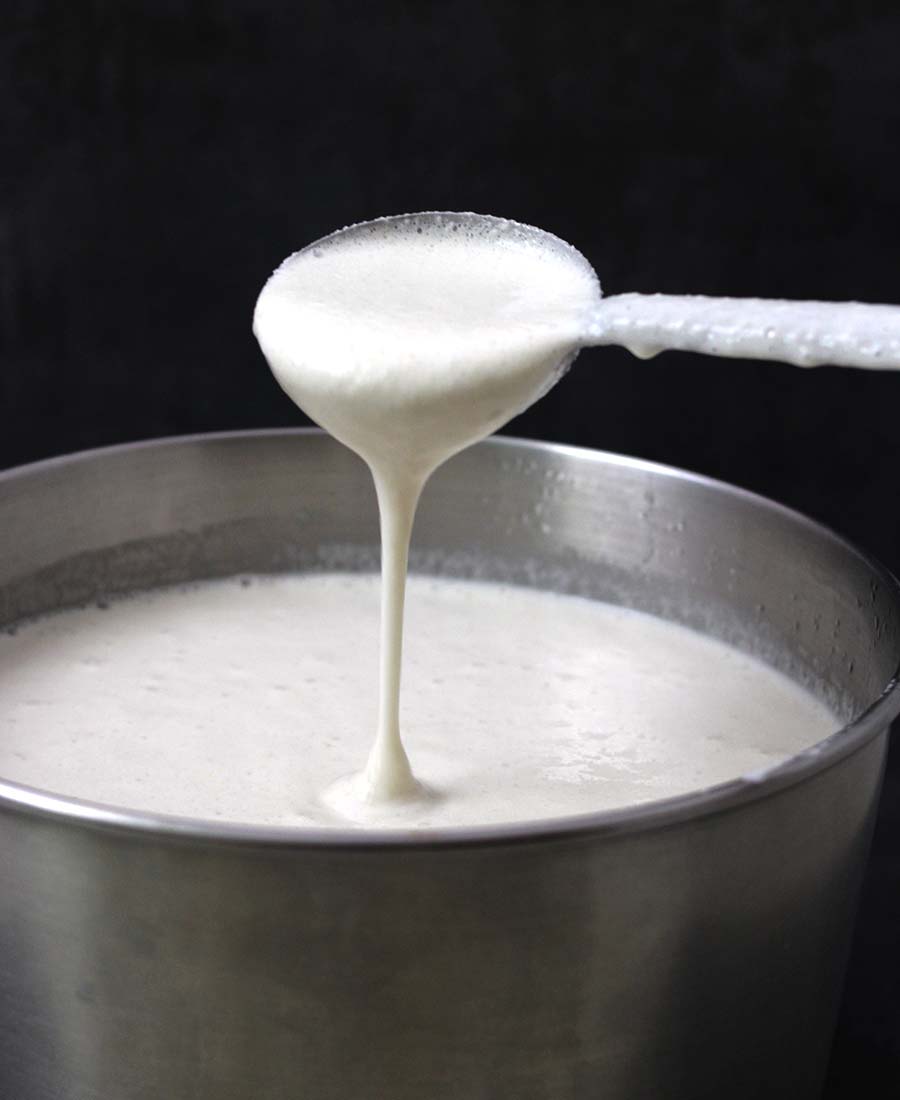
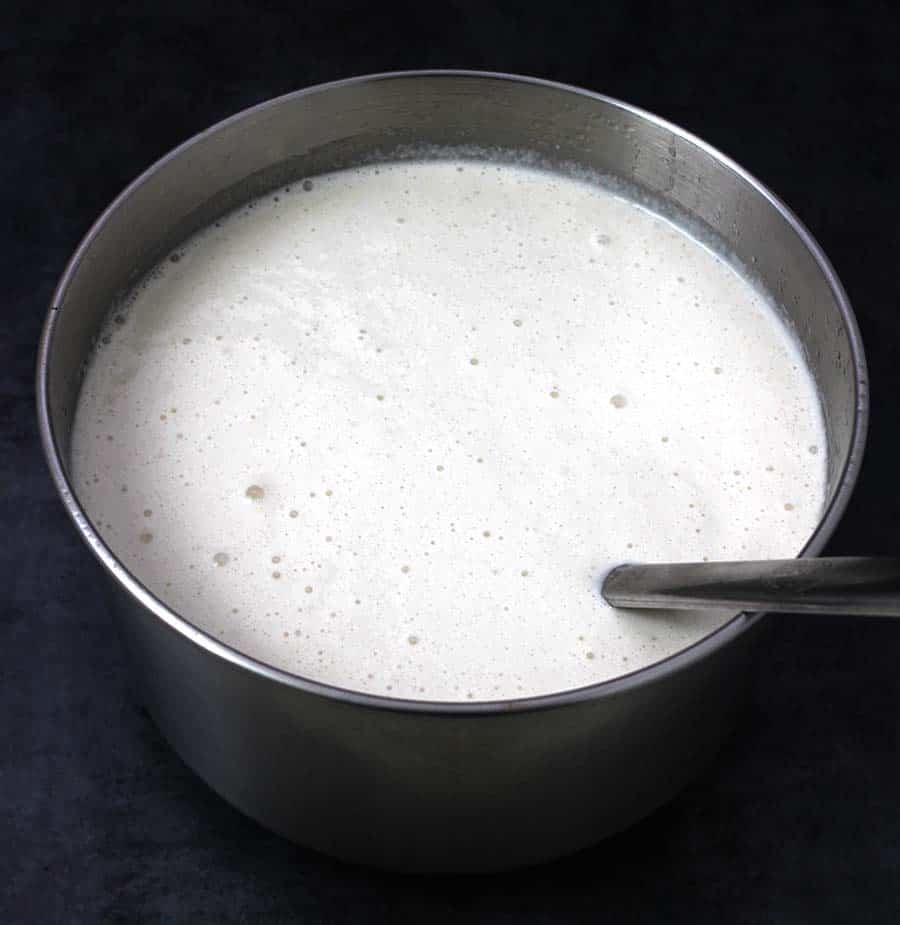
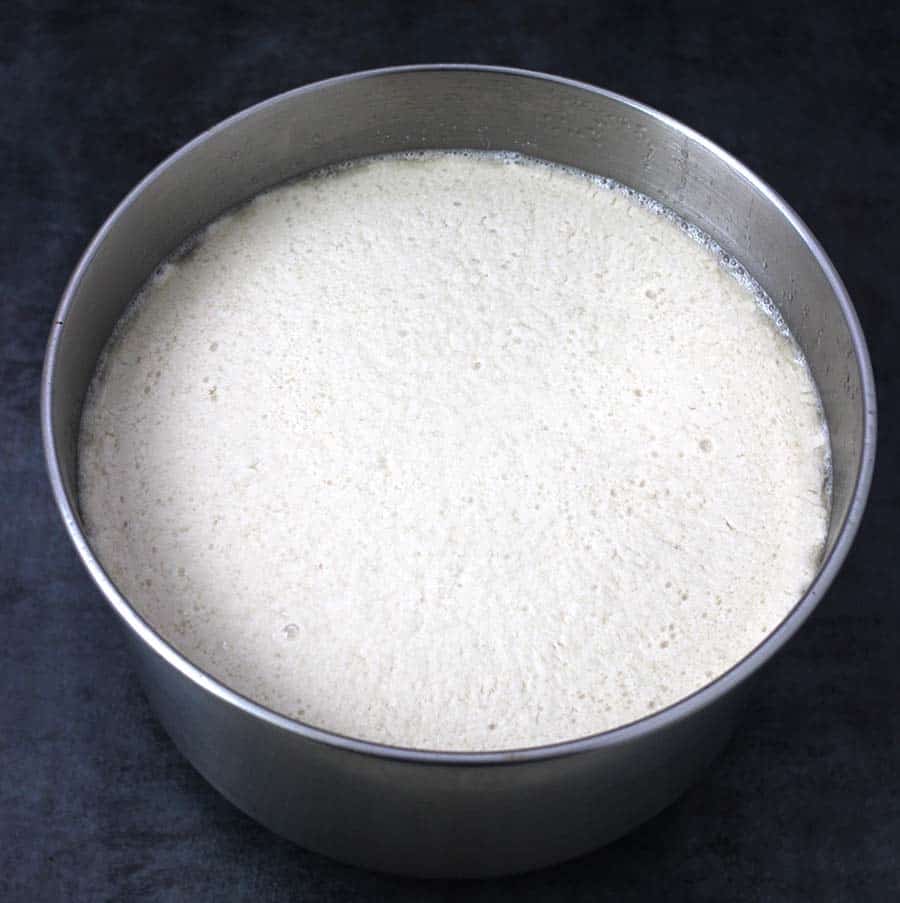
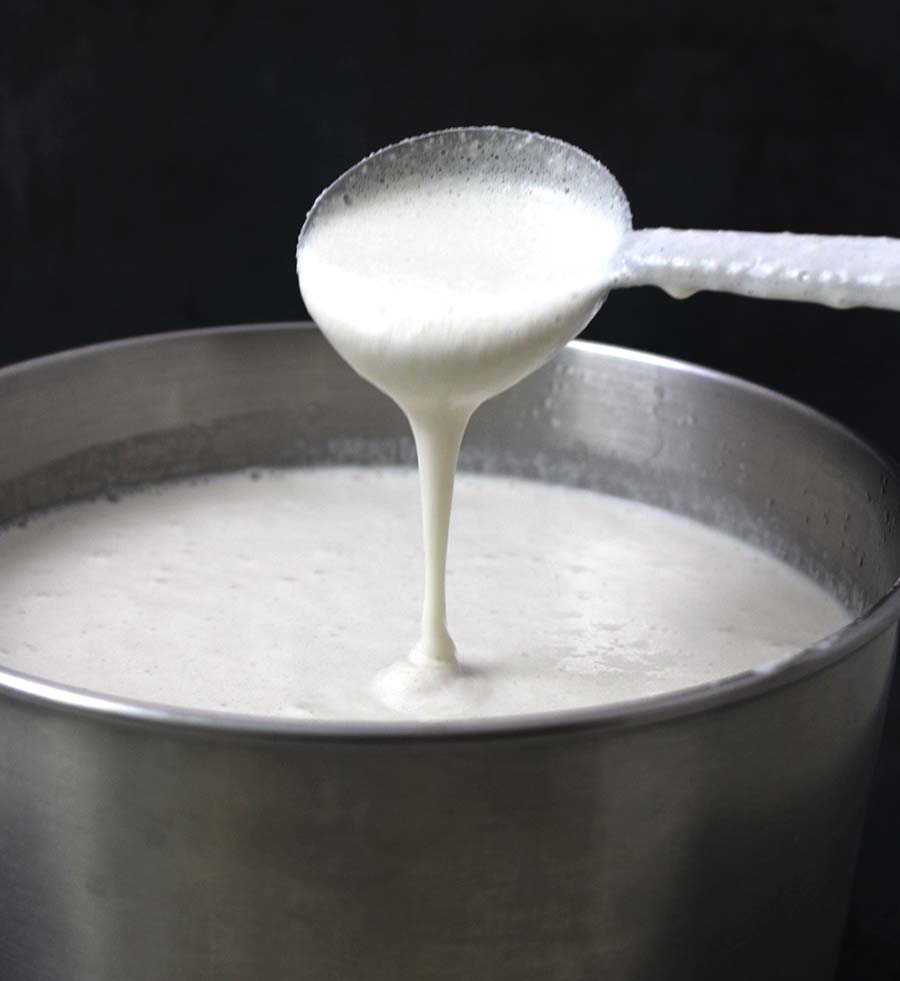
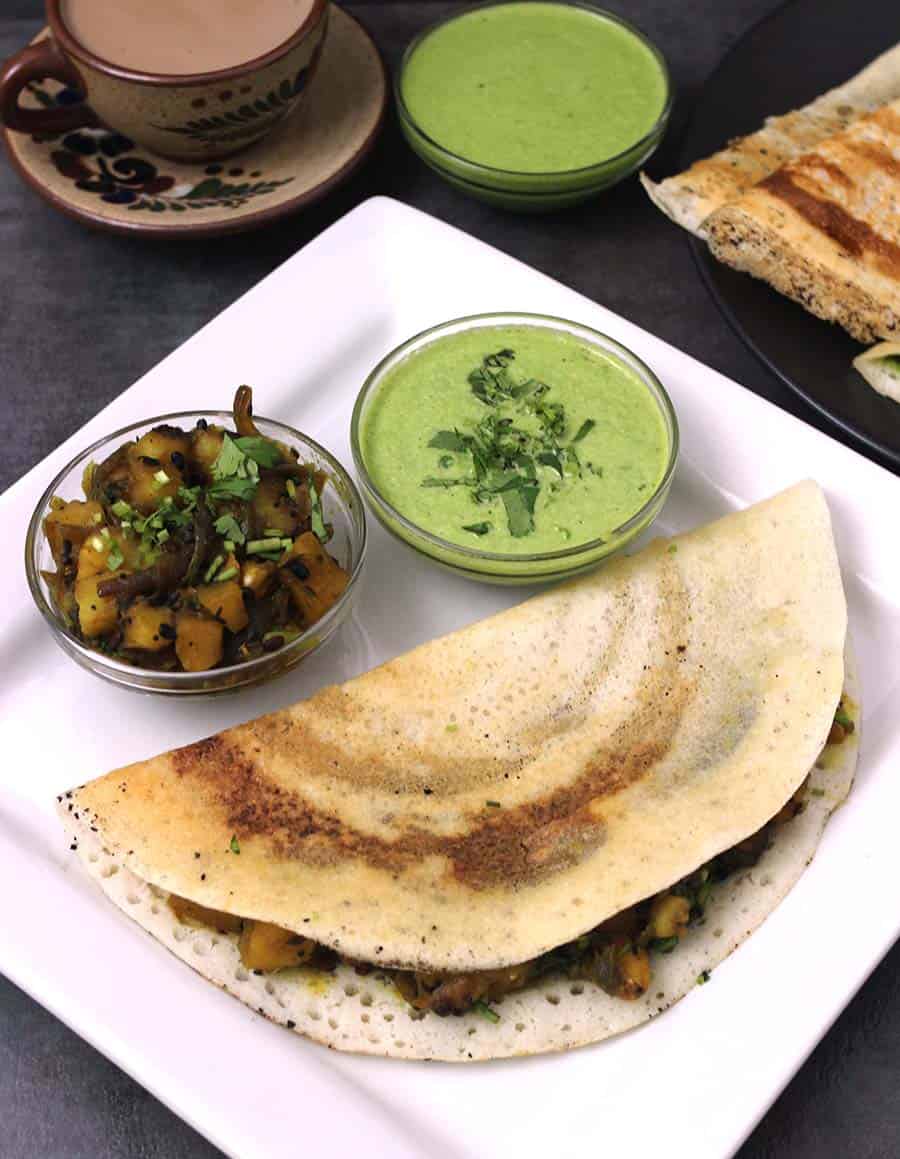

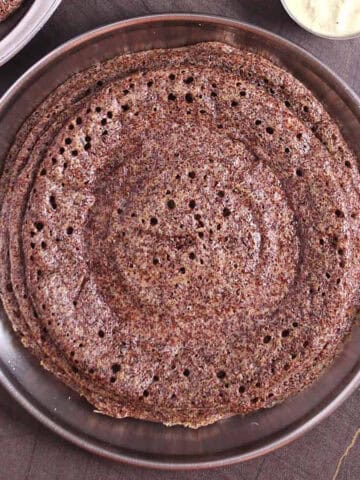
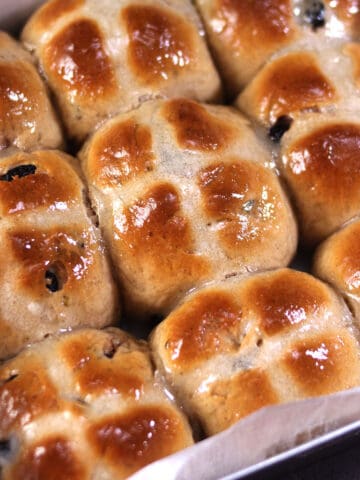
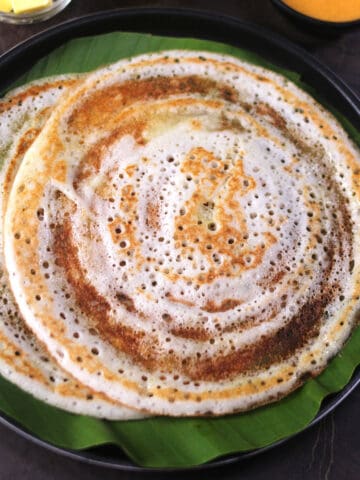
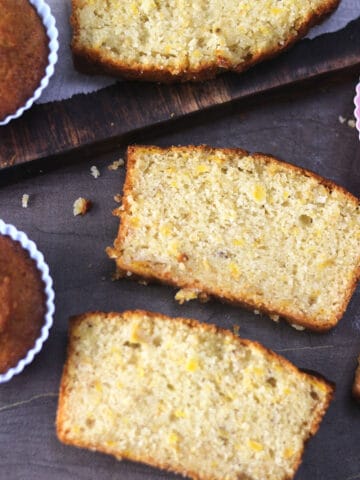
Mila R
I actually tried dosa batter once but wasn't happy the result. Let me try again now!
Preenz
This is the first time it worked properly after 12yea of marriage! Thank you so much... 😊
Kushi
Thank you 🙂 I am glad it worked for you. happy New Year